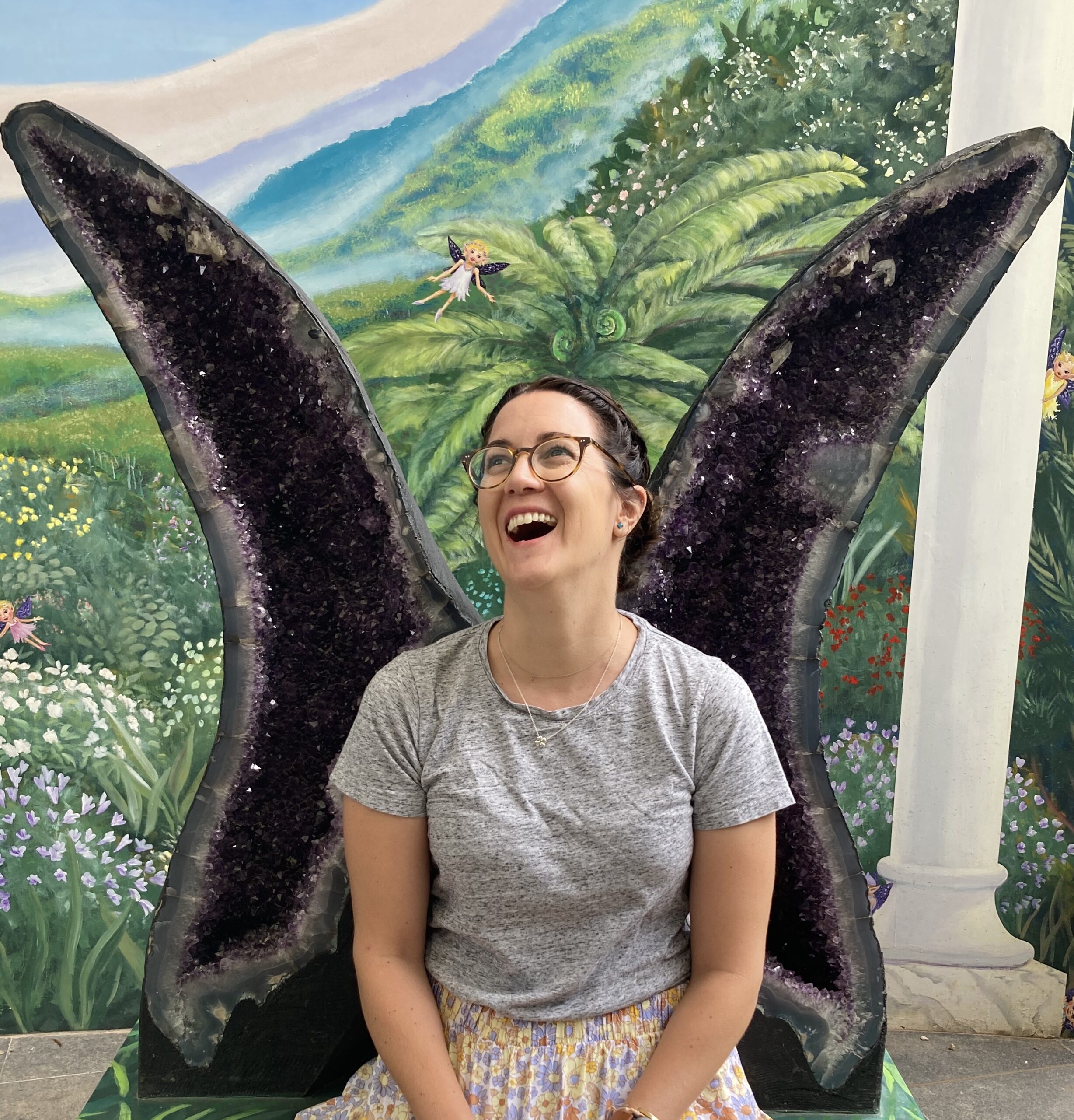It’s been nearly two weeks since my last post. Which, in the Blogosphere probably translates to two months. Yes, it has been busy and things have been happening, not only in my own life, but in the lives of my extended family, which inevitably draws you in. But….I have also been procrastinating with the subject of my next post. Do you remember earlier on I talked about how in my social work career, I always strived to “get things right?”. It is the nature of this subject matter-the definition and diagnosis of fibromyalgia-that has caused me hesitancy to write, in case I didn’t say the right thing. I have had some back and forth conversations about this with a fibro peer and ultimately, I have come to the conclusion that the reason I have ruminated on this for the last two weeks, is because diagnosing and defining fibromyalgia is so complex, even for the medical professionals. There are so many competing opinions on how to diagnose fibro as well as discussions and much research into whether fibro is really a neurological condition or an autoimmune disease. Is there enough research being done? I can’t weigh in on that….I have neither a scientific nor medical background, so it would be impossible for me to assess whether the quantity and quality of research could be comparable to research relating to other conditions. I will say this, however, whoever finds the magic potion to “cure” fibromyalgia (or at least reduce the symptoms to a much more manageable level), will be a very rich person indeed.
So, with that said, what is fibro? Let’s get into the nitty gritty. Some of you may have already guessed from my post referencing Byron Bay, that I am an Aussie girl. However to refer to fibromyalgia both definitively and diagnostically from a purely Australian perspective, would be to ignore the wide geographical distance this blog might reach (I am under no illusion that about 95% of my readership currently consists of my family and friends-so….thanks guys!). But, who knows, a random Canadian might have discovered me (hello!), so let’s be a little more inclusive. For this post, I referred to the Arthritis Australia website (which has a helpful fact sheet on fibro to be found at 21362 Arthritis Australia info sheet Fibromyalgia), the Arthritis Society, Canada (Fibromyalgia – Symptoms, Signs, Causes, Diagnosis & Treatments | Arthritis Society) and the Centers for Disease Control, USA (Fibromyalgia | Arthritis | CDC). I focused on what they agree on per definition and diagnosis and this is what I found…..
Fibromyalgia’s most common symptom is widespread pain throughout the body, as well as muscle stiffness. Other common symptoms experienced by fibro sufferers include sleep disturbances, extreme fatigue, gastrointestinal problems as well as issues with memory or cognitive processing. The condition can also contribute to emotional and psychological distress. Both the Australian and American sites make reference to an overactive pain system which causes abnormal processing of pain signals. Both the Canadian and American sites mention that there is a far, far greater percentage of women who suffer from fibro and that it is believed to be about 2% of their populations that have this syndrome. ALL agree that there is no [known] cure for fibromyalgia (I would like to dream there is one out there, just waiting for me) and that the focus for treatment is symptom management and to improve quality of life. Strategies include getting good restorative sleep, keeping active, maintaining a healthy diet and weight, stress management and appropriate drug therapy. To read this, you would almost believe that a good 8-10 hours sleep per night, a healthy BMI and some nice brisk walks could appropriately manage your condition-but believe me, it is infinitely more complex than this. Many of us spend hours researching and talking to fibro peers about various therapies and strategies that may have been helpful to them (think acupuncture, light therapy, massage or lymphatic drainage, a variety of diets or vitamins as well as psychological interventions like CBT). As the type, location and intensity of the symptoms vary SO much from one individual to the next, there is no universal pathway for symptom management. A lot of it will be trial and error based on advice from health professionals and anecdotal evidence from peers.
The health sites above diverge when it comes to the question of diagnostics. Arthritis Australia states that fibromyalgia is difficult to diagnose as there are no blood tests, x-rays or scans that can test for fibro. The Canadian and American sites reference the use of blood tests and x-rays as well as taking the patient’s history of symptoms (which they all agree on). This just lends weight to my earlier reference to the complexity of both diagnosing and treating fibromyalgia-as the tools and standards to which each country assesses fibromyalgia may vary, you are ultimately best to speak to a trusted medical professional for further information.
Hopefully this has helped you gain an elementary understanding of the condition, for you and those around you. There are so many sites, articles and studies online that you can access about fibromyalgia, so if you want a light read (kidding), get started! I can now stop ruminating over it.
Thanks for reading. Catch you on the next post.
xx Jen – The Girl on Fire.

Hi! I’m Jen the Girl on Fire. Diagnosed with fibromyalgia in 2016, I started this blog as a way to raise awareness about fibro, share helpful tips and tricks and to allow others around me a space to contribute and share their own experiences with this condition. I am a mum, a wife, a singing and dancing enthusiast and fibro blogger, working hard to achieve new dreams despite a chronic condition.
